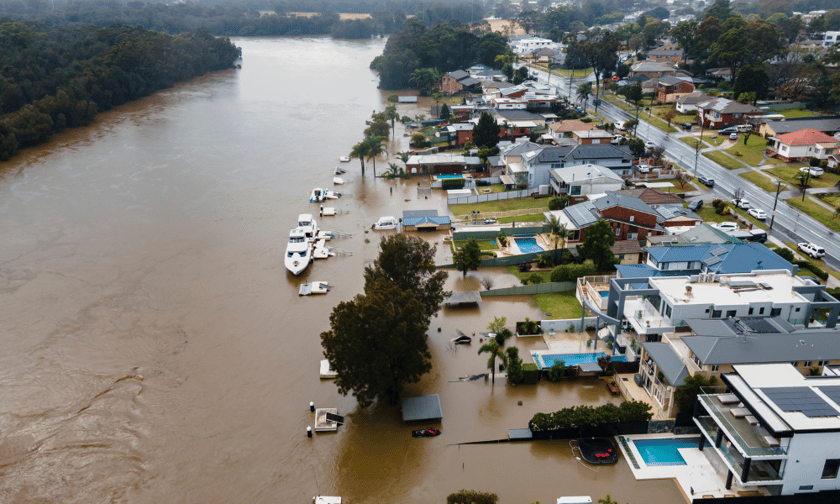

The Pacific Catastrophe Risk Insurance Company (PCRIC), in collaboration with global advisory firm WTW, has renewed its disaster risk insurance coverage for 2024 and 2025, targeting the increased climate-related risks faced by Pacific Island nations.
The renewed policies, which include reinsurance placements, seek to provide financial security to governments and key organisations across the region, while a recent global study signals further increases in flood risks tied to climate change.
The PCRIC-WTW partnership offers parametric insurance that covers events such as tropical cyclones, earthquakes, tsunamis, and heavy rainfall.
Beneficiaries include six Pacific governments – the Cook Islands, Fiji, Niue, Tonga, Samoa, and Vanuatu – alongside regional entities like PNG DataCo, a Papua New Guinea telecommunications company, and Fiji’s conservation-focused Vatuvara Foundation.
Aholotu Palu, CEO of PCRIC, said the renewal supports the company’s mission to deliver tailored financial protection that aligns with the specific needs of Pacific Island nations.
“PCRIC addresses an important market gap in the Pacific region and offers governments, including state-owned enterprises which provide essential services, access to insurance solutions that would otherwise not be available,” he said.
The renewal arrives at a time when climate change is intensifying natural disasters across the Pacific, a challenge PCRIC’s policies aim to address by safeguarding essential infrastructure, economic assets, and ecosystems like coral reefs.
The policies rely on parametric triggers, which streamline claims processes and enhance transparency, providing clearer modelling and analytics for decision-makers.
According to Simon Young, WTW’s senior director for disaster risk finance, this design attracts broader reinsurance backing, making risk management more affordable.
“These significant improvements have contributed to cheaper reinsurance from more markets, allowing governments to more cost-effectively manage disaster risk with the support of PCRIC,” he said.
This renewed coverage coincides with findings from a new study by water risk analytics firm Fathom, which projects significant increases in flood hazards due to climate change.
The study assessed future flood risks under two climate scenarios – one where carbon emissions are aggressively curtailed and another where emissions continue to rise.
Under the low-emissions scenario, flood risks could increase by 9% by 2100, with possible outcomes ranging from a slight decrease of 6% to an increase of 29%. Conversely, the high-emissions scenario foresees a median flood risk increase of 49% by century’s end, with a potential range spanning from a 7% to 109% rise.
In the near term, both scenarios suggest more moderate increases in flood risks through 2050.
Coastal flooding, however, is expected to escalate significantly in either case due to the ocean’s lagging response to warming temperatures, with a potential rise of 99% in risks by 2100.
High-risk regions include coastal areas, as well as vulnerable regions in tropical Africa, Asia, and the Pacific Islands.
